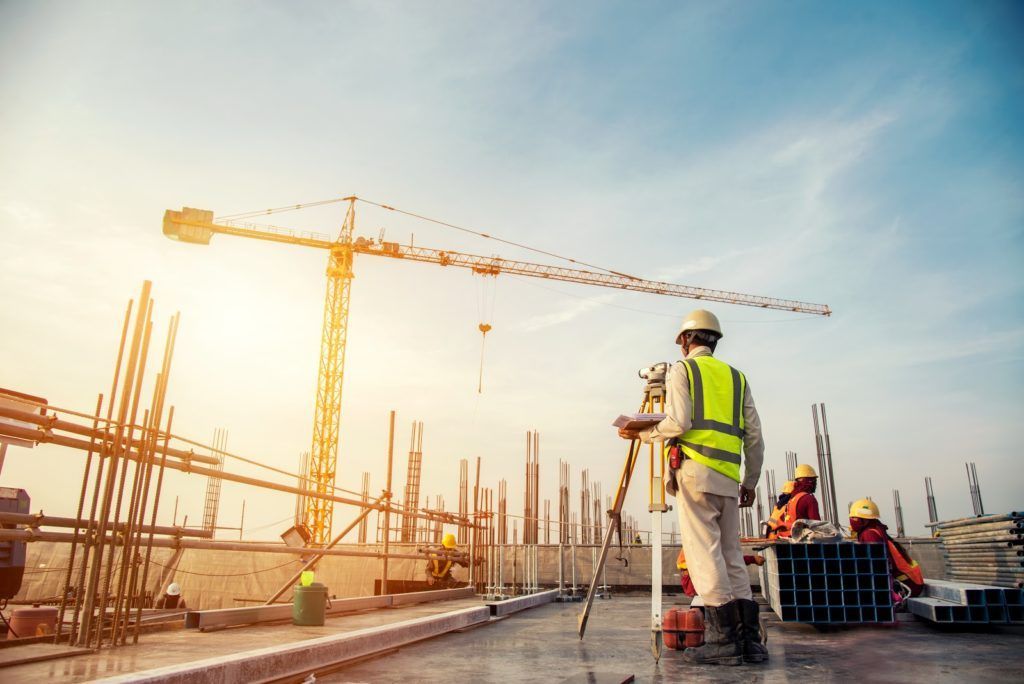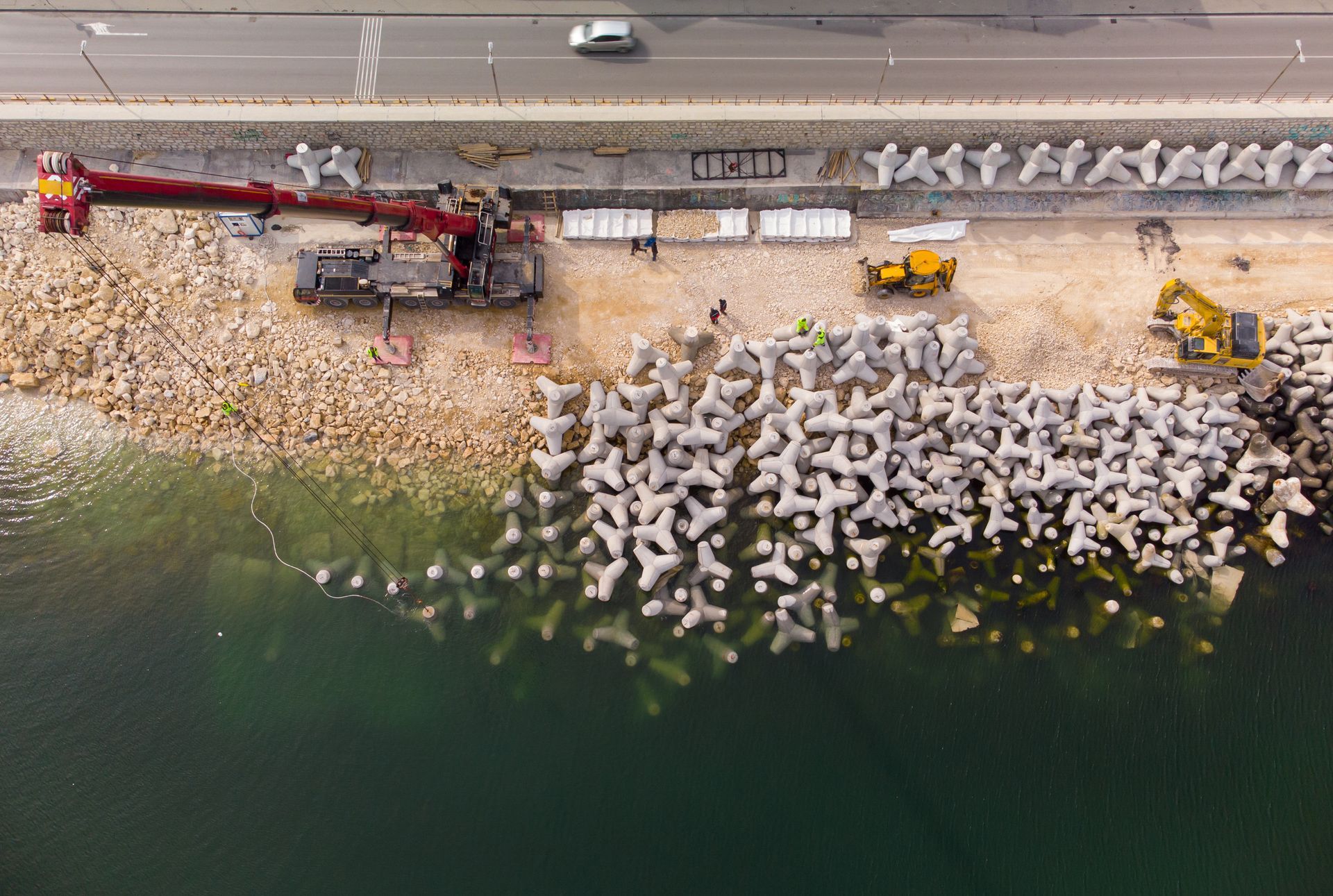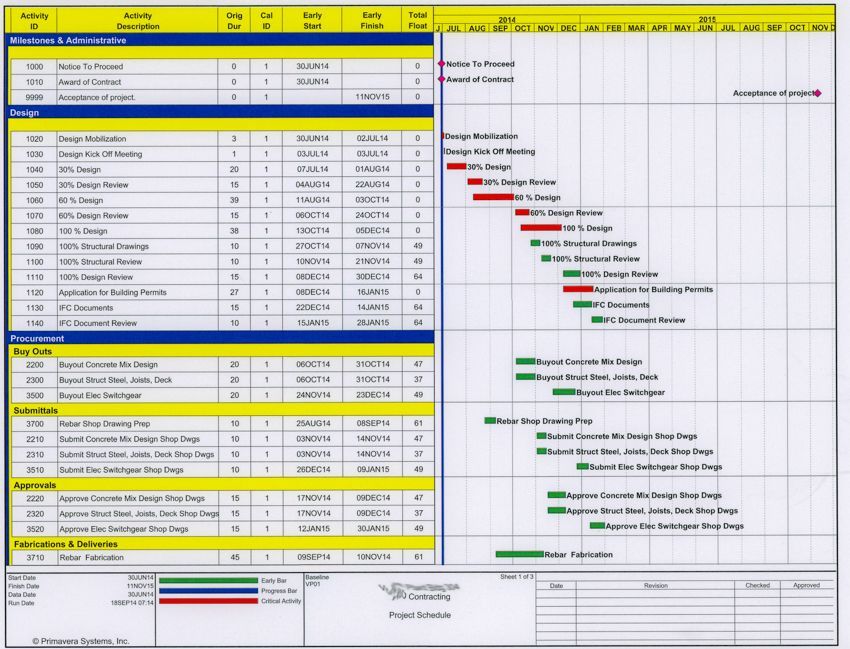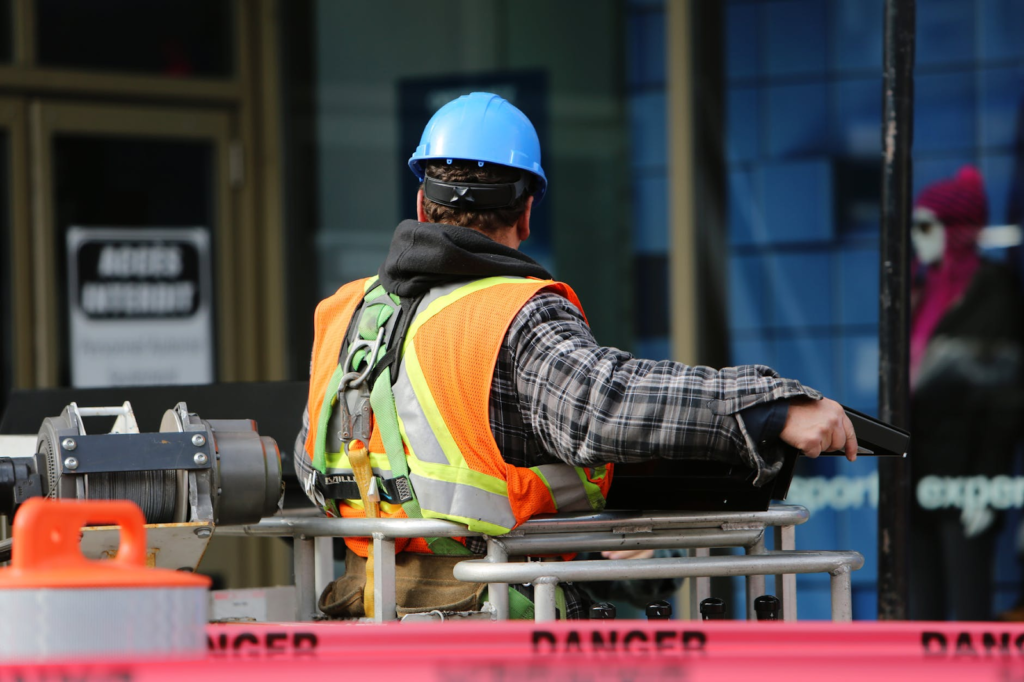Critical Path Method Best Practices
Critical Path Method Best Practices
Critical Path Method Best Practices. The success of any construction project relies on the scheduling process and the prioritization of tasks. This starts with identifying the most important jobs and assigning resources and responsibilities, which is where the Critical Path Method (CPM) comes into play.
Simply put, the critical path is the journey between the start and finish of your project. It’s the method you use to determine how long each required task takes before it’s finished, and includes project phases and the time periods for each phase, along with the project tasks and duration. CPM lets you identify potential delays and setbacks before they become an issue, and highlights any additional resources that can be used to move things along.
Determining each project’s CPM requires several steps. After you’ve worked out these steps, you can apply the data points to the CPM to lay out your project timeline.
- List all the tasks required to complete the project. Critical tasks are tasks with deadlines that directly impact the project timeline and float tasks are those that can be delayed without extending the project. They most likely run parallel to the critical path.
- Note the duration of each task. Determine how long each task will take to complete before you can move onto the next one.
- Identify task dependencies. Task dependency is when one task cannot start until another has been completed.
- Identify project milestones. These are the project’s major phases.
- Create a list of your project deliverables.
- Assign resources to your project tasks. Resources include people, equipment, facilities, funding, and anything else required to complete your project.
Even if you’re familiar with CPM, project managers can still apply the following best practices to help ensure success.

Account for margins of error
Whether you’ve managed one construction project or a thousand, you know that things don’t always go as planned. Your critical path needs to allow for a pivot in the case of any delays or setbacks throughout the project timeline; just try a little experimentation to see what impact they may have.
Keep this in mind: Slack is defined as the amount of time a task can be delayed without any delay in the project finish date. Free slack is the time a task can be delayed without delaying its successor task.
- Extend a task that possesses free slack. This will show you that no other tasks are affected until you exceed the free slack available.
- Extend a critical task by increasing its duration. You’ll see all the other critical tasks that would be impacted by this timeline change and reveal the total slack.
- Extending a task that only possesses total slack. This will demonstrate how other tasks will be rescheduled. Total slack is the time a task can be delayed without delaying the project finish date.
Embrace Flexibility
Staying flexible is as important as accounting for the “what if” scenarios that involve changing slack. Critical paths can change as the project continues depending on delays, resource availability, and other issues that may arise. Because you’ve already measured task duration while planning your critical path, your new duration can be easily adjusted after a delay.
Make Sure Your Critical Path Makes Sense
Once you’ve planned your critical path, run it by everyone on the team — including investors, team members, contractors, and other decision-makers. It’s crucial for the construction project’s success that everyone’s on the same page throughout the entire process. This encourages communication, collaboration, and overall teamwork.

Use Critical Path for Support
Now that the critical path is set and approved, the project manager needs to look at it as less of a “to-do” list and more of a collaboration tool to share with everyone on the team. All task deadlines should be specific and delegated to the right person. This gives the project manager a big-picture look at understanding workloads and if they’re appropriate for the delegated team member.
Update with Status Reports
Status reports (also known as milestone reports) are updates that let everyone know how things are going. Make sure each status report includes the overall progress of your project, milestones that are completed and upcoming, and any issues that you’re facing.
Any major project will have both tasks that need to be accomplished end-to-end and others that can be undertaken simultaneously. CPM scheduling identifies each step but also takes into account the best-case scenarios, likely scenarios and worst-case scenarios for each step.
At TD Wilson, we use only the best CPM software tools: Primavera P6 and P3, SureTrak (ST) and MS Project. All are highly rated and capable of delivering comprehensive reports and sophisticated analysis.









Ready to Experience a Different Kind of Construction Scheduling?
Request an initial consultation on your project.


| Thomas D. Wilson Consulting, Inc.
Navigation
| Thomas D. Wilson Consulting, Inc.
(314) 918-0210 | tom@tdwilson.com |
1750 S Brentwood Blvd, Suite 307, Brentwood, MO 63144
